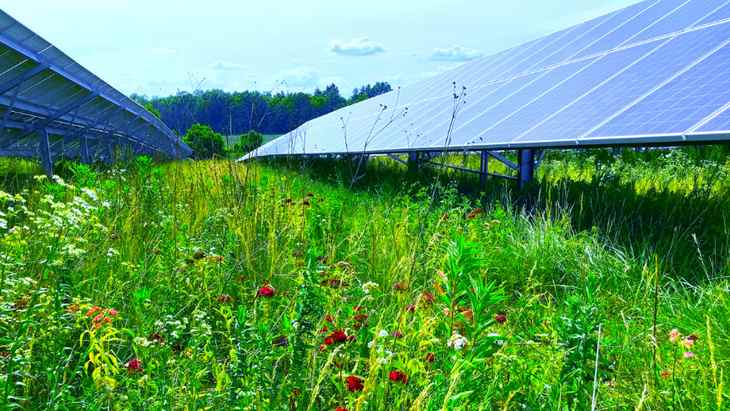Alec Bălășescu, Co-founder Re-Genera Group
Re-genera.eu
The current global context is characterized by two major trends driving a number of related phenomena with crucial impacts on daily life: the energy crisis and climate change. Separately or together, they are responsible for the intensification of internal and international conflicts, mass migration, or political extremism. The solutions for the future can only be manifold, and financial, innovation and development policy efforts are increasingly geared towards securing energy needs in a sustainable manner to ensure society functions within known or at least predictable parameters despite the change. In addition to ensuring a hybrid balance between conventional and renewable energy production, there is also a need to expand what we mean by sustainability in the production of the latter. In other words, systems thinking can increase the sustainability factor of any energy production project beyond that intrinsic to the fact that it is produced using wind or solar.
The most obvious example is photovoltaic energy, which has been gaining momentum in Romania over the last few years. Financially supported by European development initiatives and programs such as the NRRP and politically backed by the Green Deal, installed capacity in photovoltaic and wind power plants could reach around 10GW by 2030, and electricity generated from the sun could cover around 10-12% of Romania’s domestic consumption needs in the same year.
However, PV is land-intensive, i.e. it needs a lot of space to be allocated to it, usually by reallocating agricultural land. Hence the rather important dispute that can be summed up as “energy vs food”. Political initiatives at the European level that encourage dual land use – i.e. the use of space between solar panels for different crops – and also legislation recently adopted in Romania facilitates the transition to a practice in which renewable energy production is in harmony with food production.
Obviously, local practices and details are the important ones here: for example, how and what kind of agriculture do we promote between the panels? Can we take advantage of this new direction to also design a type of agriculture that goes beyond the classic industrial one, in a sustainable direction too? Can we also think of the space between the panels as a source of vital habitat for pollinators, without which agriculture cannot exist? The straightforward answer would be “Yes” in each case. On the other hand, as they say, the devil is in the detail.
For such initiatives to exist and take effective shape, we need a constellation of factors in harmony: the political initiative to create the enabling legislative space, the financial market incentives to encourage such practices and the linkage to legislative initiatives. In order to avoid creating a market in which a lack of criteria, uncertainty and unpredictability predominate, we need ways of assessing and standardizing best practices. A new system for measuring and quantifying the economic, environmental and social benefits and linking this to the design and organization of PV production will be necessary to create a truly sustainable industry. For now there is a considerable gap between legislation and incentives, as well as a lack of research-based criteria and scientific evidence to understand what is truly sustainable. The existential impasse we find ourselves in has solutions in human ingenuity.
We just need to try to do things differently, to create financial instruments that compensate for new practices when they clearly add value. We need to think holistically when planning the use of our vital space and learn to share it with the nature with which we are interdependent. We need to learn that ecology supports technology and not the other way around.
